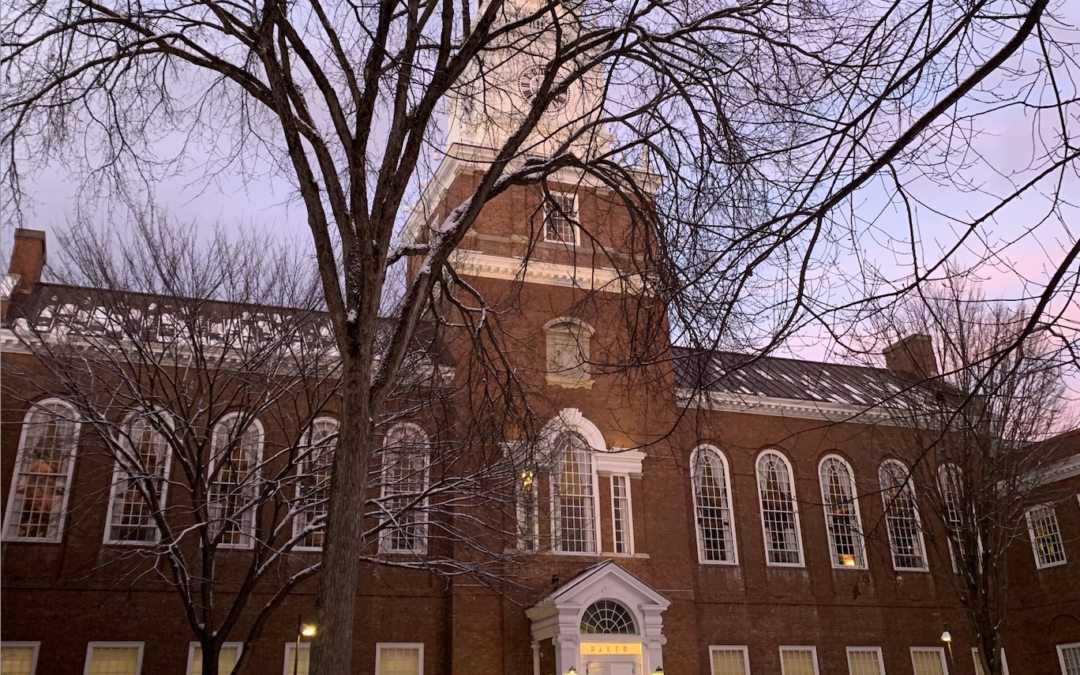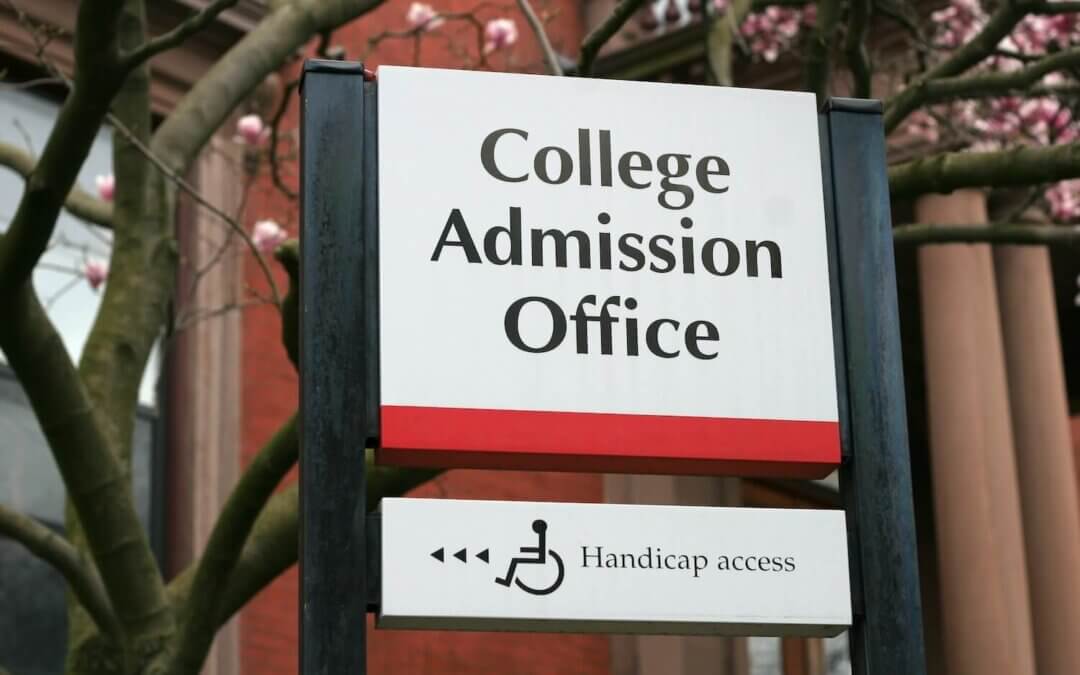Brown’s early decision statistics are out, revealing a whopping 20% increase in applicant numbers, up from 3,501 applicants last year to 4,169 this year. So what does that mean for this season of college applications and admissions?
While it’s tempting to make grand pronouncements as to the changing face of the college applicant pool or the way schools make their decisions, let’s first focus on what we know about Brown to see if we can explain why this happened.
First, Brown’s own explanation for the rise, from the Brown Daily Herald: “Many trends are ‘beginning to take place because of Brown Promise,’ an initiative to replace student loans with grants in University financial aid packages… The number of early applicants who indicated an interest in applying for financial aid also increased by 11 percent over last year.” Brown also saw “a 33 percent total increase in the number of students who visited during [Brown’s prospective student weekend], likely due to this increase in accessibility for low-income students.”
Then, the obvious question: Is this actually what’s happening? For one thing, we know that low-income students are often the least likely to apply ED to schools, because binding agreements make it difficult to weight the different financial aid packages schools might offer. While this might certainly be part of it, it’s hardly the whole story.
Let’s look at early acceptance rates over the past few years:
Brown received 2,847 applications for the class of 2014, admitting 567 of them for a total early acceptance rate of 19.9%. For the class of 2018, 3,087 applications led to 583 acceptances for a total of 18.9%. The class of 2022 saw the biggest jump — 3,501 applications and 738 acceptances for 21%. So clearly the application numbers have been going up, while the acceptance rate has hung steady around roughly 20%.
What does this mean for acceptance rates this time around? Well, it’s always hard to predict what will actually happen, but here’s our guess. Brown will accept more students than last year, but only by a hundred or so, and then defer or waitlist the rest. This will be good for them on several statistical fronts: It’ll increase the yield rate to make them seem desirable, decrease the acceptance rate to make them seem competitive.
Compare this to the approach schools like Stanford are taking by not releasing their application numbers — in order to “de-emphasize the perceived importance of low admit rates.” Easy for you to say when your admit rate is about to dip under 5%.
Ultimately, it’s clear that the days of applying to two or three colleges are over, and with that will come a more competitive applicant pool at colleges receiving more applications. Will this lead to an arms race of increased numbers of applications per student, with less acceptances? Only time will tell.












